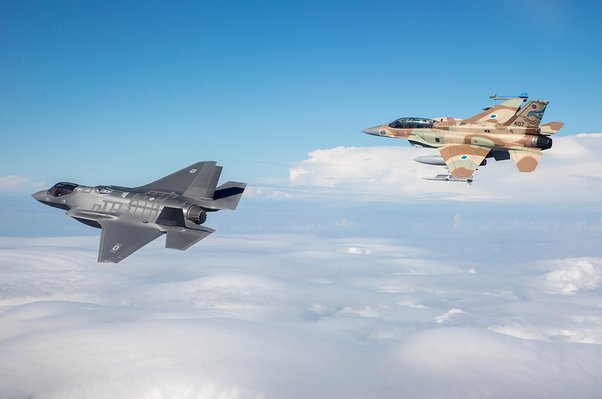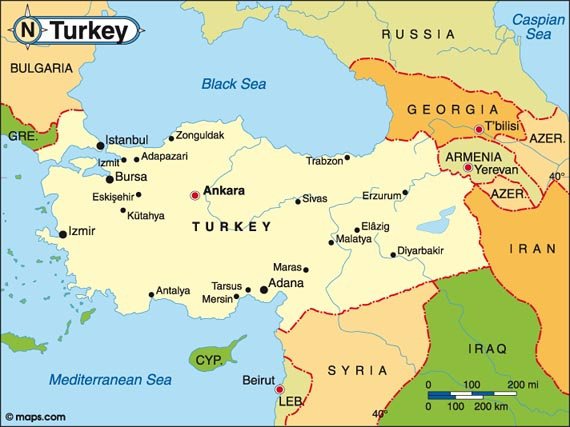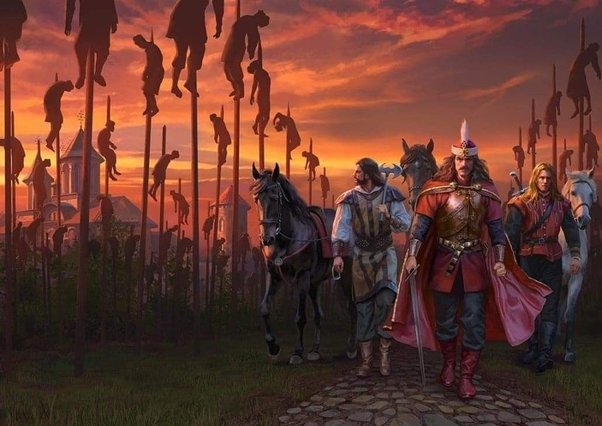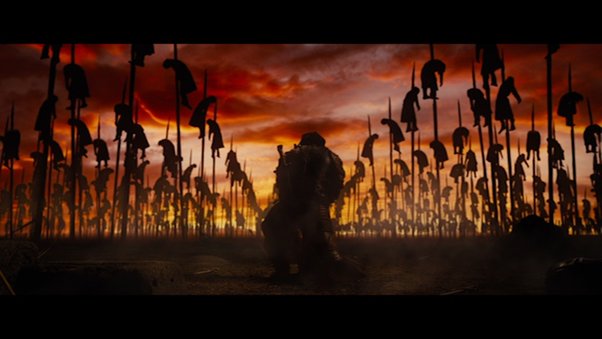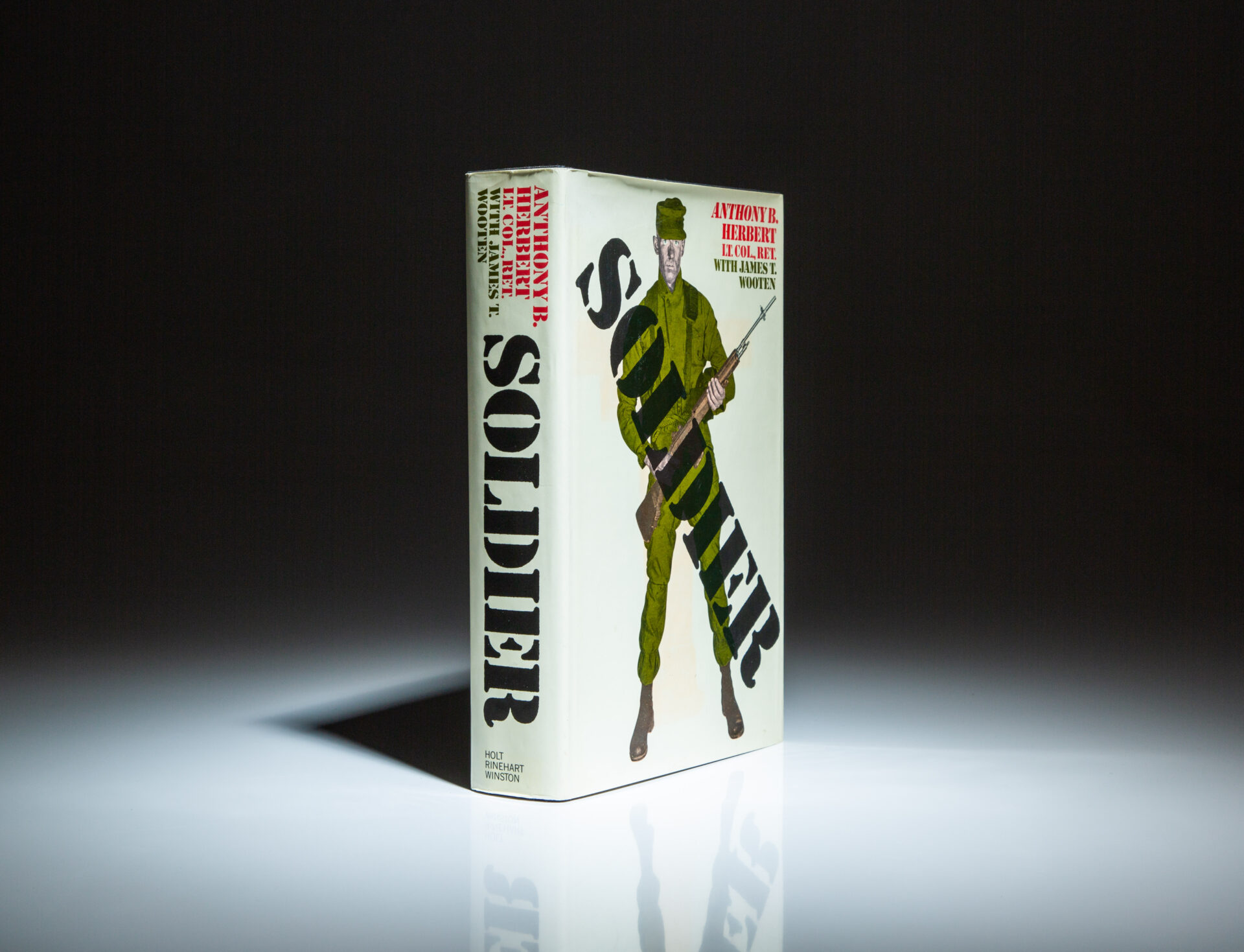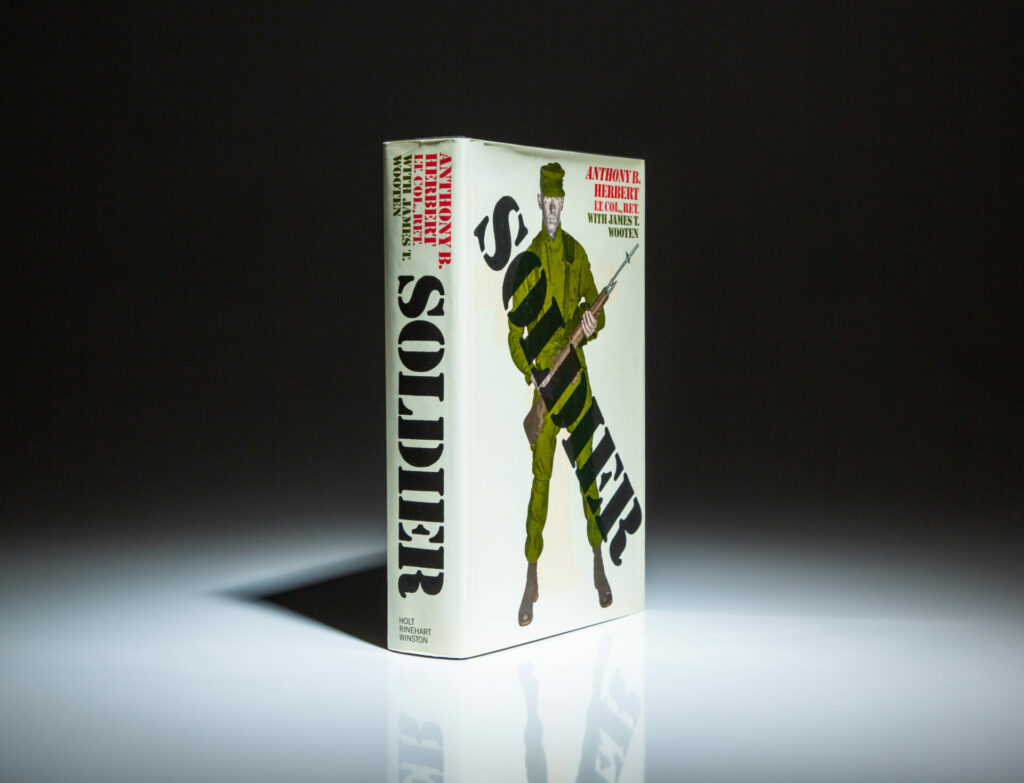Anyone who thinks the Su-35 would win falls into one of three distinct categories: first, he could be a Russian bot (yes there are tons of them, along with a fair number of Russian sympathizers who love to post); second, he could be a person who is very poorly informed (most likely reliant on hopelessly dated/inaccurate information); third, he could be a person who loves to assign ludicrous/unrealistic restrictions and rules of engagement that profoundly limit the F-35 for inexplicable reasons (i.e.both pilots must be able to see the white’s of each other’s eyes before the fight begins).
There is simply no comparison to be had between a stealth fighter and a non-stealth fighter. None. The Su-35 is a perfectly capable plane, it just has no means to detect an F-35 before an F-35 detects (and subsequently kills or evades) it. It’s a fact, the F-35 can detect the Su-35 well within its missile’s guaranteed kill range while remaining undetectable by the Russian plane. The Su’s great maneuverability, its best feature, does not solve that problem. What’s more, even if the detection range of the SU’s IRST pod expands (though there are limits) the range and kill radius of U.S. missiles is just as certain to expand. In fact, once LREW and the AIM 260 (the AMRAAM replacement missile) comes online, there will be even less hope for the Su-35 and there already isn’t any. Though little is known, the AIM 260 is probably a long-range ramjet missile with an AESA radar that the Air Force has been working on for a few years. It’s probably a combination between the British Meteor missile’s ramjet, which provides a much enhanced guaranteed no escape zone since it can be throttled up as it gets closer to the target and a combination optical/infrared seeker and AESA seeker ( the latter of which the Japanese have already deployed on one of their new missiles). In other words, it is a combination of mature technologies. The U.S. will soon have a very long range (mach 4+) missile, that is practically impossible to spoof because of its multimode seeker, with vastly improved terminal performance compared to the already superb AAMRAM. The LREW is a multi-stage air to air missile that will likely outrange any air to air missile ever conceived.
The only real air to air deficit for the F-35 is total missile carriage capacity; even that is being remedied.. the internal missile capacity of the F-35 is (supposedly) getting enhanced to six AMRAAMs during the block 4 upgrade from its current capacity of 4. If that still isn’t sufficient, there is also another new class of missile, called the SACM which may jump the internal carriage to 12. SACM is a program of record that will result in a hit to kill missile akin to Lockheed’s Cuda concept, which is significantly shorter than an AMRAAM, with similar range and seeker but no explosive warhead. The shorter, lighter, missiles allow for double carriage. While these will not be as sophisticated as the LREW or AIM 260 they will certainly complicate an enemy’s plans.
So, how would a typical engagement go between the two planes? Well, Russian ground-based VHF radar may very well warn a squadron of Su-35’s sitting on alert that stealth fighters are inbound though it can not track them or target them precisely (there is a lot of electronic interference). The squadron of Su-35’s launch to intercept. Within minutes the VHF radars in the area go down. After all, they must be on in order to see F-35’s and if they are on, the F-35’s can also see the radars and will lob standoff missiles at them. F-35’s are excellent wild weasels.
Now the newly airborne squadron of 12 SU-35′s use their IRST pods to search the sky for F-35’s. But these don’t help. For starters, IRST has a very narrow field of view and are highly impacted by environmental conditions like humidity… Pilots equate it to looking at the sky through a straw. Meanwhile, the F-35’s have some of the most powerful AESA radars ever mounted on a fighter aircraft (and Su-35’s are perfectly visible from more than 100 miles away), a supercomputer and millions of lines of code also tell the F-35’s exactly how many and what type of planes they are up against and the first F-35 aircraft that detects the Russian flight seamlessly shares that information across the entire squadron, heck the F-35’s powerful computer might even be able to identify the squadron to which the enemy planes belong. And the F-35’s aren’t alone. They have MALDs with them, which are basically cheap drones designed to mimic stealth fighters.
The Sukhoi’s are flying to the last known location that they were directed to by the high-frequency ground radar before it went offline. Suddenly, one of the Su-35’s believes he’s gotten “lucky” when he sees a bright spot on his IR sensors. He’s found one! A single-engine fighter! What he has actually detected is a MALD, which he believes to be an F-35 and immediately the squadron of Sukhois begin to engage. More brights spots appear. The MALDs take evasive action and the Sukhois bleed energy engaging. It was a trap of course (the F-35s had plenty of time to prepare). As the Russians begin to engage the dummy targets, their missile warning lights pop on. Before they have sufficient time to react several explode. Hey, but at least they downed two drones! The remaining Su-35’s turn tail and run. But F-35’s were anticipating the retreat, and like good shepherds driving their sheep to the slaughter, the American fighters ran the Russian planes directly into more missiles launched by other F-35’s. BAM, BAM, BAM. No more SU’s. How many F-35s were there in the wolf pack? Who knows? It might have been six, it might have been 20. Within minutes the reserve Russian fighters on the airfield begin to explode as Small diameter bombs take out every target worth hitting.
That’s basically the reality of what a Su-35 vs F-35 fight would look like. The SU-35’s would never know how many there are, they could never be sure of their targets; meanwhile, the F-35’s can pick how they want to engage and when they want to engage.
Stealth vs. nonstealth is like a game of Marco-Polo in an Olympic sized swimming pool where the hunted (the Marcos) are allowed to keep their eyes open and throw tennis balls at the hunters (the Polos) to eliminate them. The hunters (Polos) meanwhile have to keep their eyes closed and don’t have any tennis balls to throw and must instead tag the Marcos in order to get a “kill”. Sure, they can occasionally detect the Marcos by screaming out and listening for the callback “Polo”.. but that fleeting hint doesn’t stop a tennis ball knocking them in the head and eliminating them. Even if they do catch a “Marco” it most likely was just a fake Marco. In other words, it doesn’t matter if the Polos are faster swimmers can hold their breath longer or are really good at listening, the game is entirely played on the Marcos’ home court because eyes and tennis balls are more important for this version of the game… just as stealth, sensors and missiles are more important in the fighter game.
J.P.

